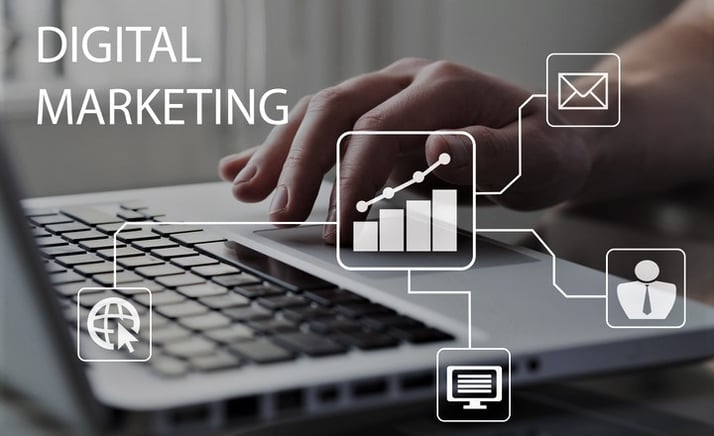How to channel prospective students through your university admission funnel - focusing on the first conversion from "Visitor" to "Lead".
In the highly competitive market of international student recruitment it is essential to any lead generation activities to have set up as well as to adjust recurrently the admission funnel:
The first funnel stage "Visitor" is most critical due to it early position. It sets the tone for all stages to follow. Make it too broad and you waste valuable marketing budgets (and time) attracting and responding to the wrong students, make it too narrow and you’ll lack the volume to nurture students through the shaky process of admissions, visas, housing etc., and still reach your admissions targets.

As a portal, educations.com focuses on this early phase. In order to attract over 4.3 million annual visitors with 170.000 click-throughs, we strive to strike the right balance between quantity and quality. Here’s what we understand as driving forces behind this:
-
Organic traffic to attract awareness-phase prospects
We understand organic traffic as central to the quality in delivering conversions. In our case, we expand our reach by featuring supporting content that focuses on answering the questions of international students - who are comparing countries or programs but haven’t narrowed down their search to universities. The more value your content provides to its target audience the higher it will rank in google searches.
Geo-targeting your conversion methods and content is the next step in specifying yet broadening your lead-pipeline. In two years, we diversified our organic traffic by building up translated sites in seven non-English languages that our clients identified as high priority student recruitment areas. From 2017, we increased our organic visits from Turkey by 600% and Indonesia by 550% while growing our overall visitor traffic by 270%. Even within English, good SEO content-planning can help you grow your reach in different markets. With a content plan focused on answering the needs of North American students, we grew our visits by 190% - and it will soon overtake India as our number one source of organic traffic. As important as increasing your organic traffic is, equally important is knowing which marketing actions were responsible. We recommend Google Analytics’ goal setting for that.

-
Multi-channelling content to nurture awareness-phase prospects
Through various multi-channel marketing campaigns, you can nurture prospective students from awareness- to consideration-phase. Persistence is key here:
-
-
Targeted newsletters let you customize your content down to data such as country or regions, program level or age and can thereby achieve opening and click-through rates three-times as high as with broadly targeted email campaigns.
-
Social retargeting is another factor to close the gap between visitor and lead-stage. In addition to increasing your returning visitor numbers, it lets you expand your funnel to the right audience. This can be done through expansion techniques such as look-alike or similar interests. This traffic can give you an edge on competitors and with retargeting, can show a traceable pathway from your marketing budget to your lead funnel.
-
As almost everything in digital marketing (and software), all above mentioned insights are the latest iteration in an endless cycle of constant improvement - for 2020 this is our status quo. Feel free to follow up in our media kit on how we as a platform specifically apply lead generation for our partnering universities and institutions:






%20-%202.png)

